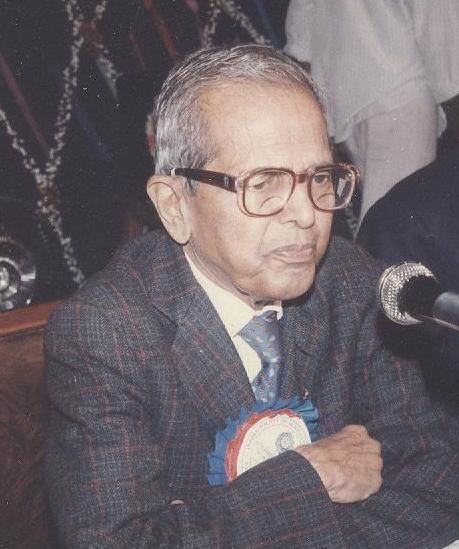Name Pandurang Sukhatme Died January 28, 1997, Pune | ||
 | ||
Books Diet, Disease, and Development | ||
Children Suhas Pandurang Sukhatme | ||
Pandurang Vasudeo Sukhatme (1911–1997) was an Indian statistician who did pioneering work in the 1940s by applying random sampling methods in agricultural statistics and in biometry. He was influential in the establishment of the Indian Agricultural Statistics Research Institute. Later, while working at FAO in Rome, he developed statistical models for assessing the dimensions of hunger and future food supplies for the world. He also developed methods for measuring the size and nature of the protein gap. Another of his major contributions was the application of statistical techniques for studying human nutrition. One of his ideas, the Sukhatme–Margen hypothesis, suggested that at low calorie intake levels, stored energy in the body is used with greater metabolic efficiency and that the metabolic efficiency decreases as the intake increases above the homeostatic range. This involved paying attention to intra-individual variability that was found to be more than the inter-individual variability in protein or calorie intake. He gave a genetic interpretation of the intra-individual variation jointly with P. Narain.
Contents
He was conferred the Padma Bhushan by the President of India in 1971.
Early life
Pandurang Vasudev Sukhatme was born on 27 July 1911 in village Budh, district Satara in the state of Maharashtra in India. He graduated in 1932 from Fergusson College with Mathematics as principal subject and Physics as subsidiary subject.
From 1932 to 1936, he studied at University College London where he was awarded a Ph.D. in 1936 and a D.Sc. in 1939 for his work on bi-partitional functions. With J. Neyman and E. S. Pearson he made significant contributions in the statistical theory of sampling which was instrumental in his subsequent research in sampling theory of survey and improvement of agricultural statistics in India. This ushered in what may appropriately be termed as Sukhatme era in the development of agricultural statistics in India.
Professional life
Contributions
Some of Dr Sukhatme's significant contributions in the form of research papers and books are:
Awards
He was awarded
In 1950 he was elected as a Fellow of the American Statistical Association.
